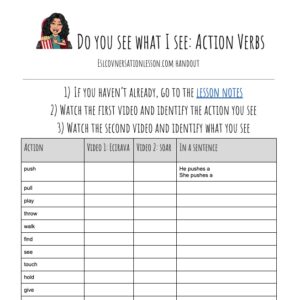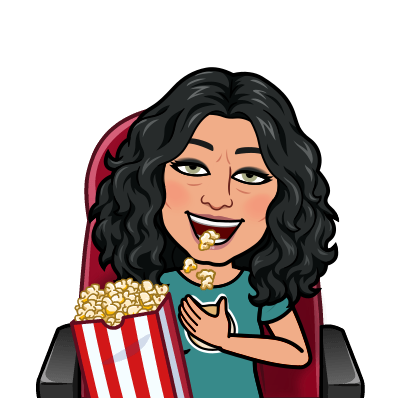- Level: A1, A2, B1, B2
- Handout: on TPT
- Media: Video
- Language focus: action verbs, causal linking words
Do you like independent films? I think it’s a good habit to break away from mainstream films and explore some of the messages in indie films. Often I find myself conditioned by an expectation of a happy ending. I even find myself expecting it in my life. When it doesn’t it feels odd.
Movies Shape our Psyche
Does the dedicated athlete always take home the gold? Does the couple always live happily ever after? Does the cancer fighter always beat the sickness? Does the lost dog always find its way home? In movies, often yes, but in real life not so much. Do you think we feel more cheated of these defeats because we have developed a distortion of reality?
The Eye of the Beholder
Here are a couple of short thought-provoking wordless animations that you can use to elicit some discussion. You can start by identifying all the action verbs. When I taught it, students saw different things. It was rather personal.
Then, if your students like introspective analysis, there is an opportunity to talk about the symbolism in the videos. In my experience, this sort of thing can either prompt a great philosophical discussion or fall flat. It really depends on the people you are working with.
Lesson Notes

The films are wordless, so you can use them with basic level students and stick to identifying the action verbs included in the handout. If you are working with a higher level, then you could ask them to note when the actions occur. Or better yet why the character does the action. And for the higher levels, you can go deeper and explore character motivation, how failure can create opportunity and how we cope with hardship. It’s a pretty elastic lesson.
Warm-up
- Make a Mind Map of all the action verbs you know
ECIRAVA from Daisuke Kaneko on Vimeo.
SOAR: An Animated Short from Alyce Tzue on Vimeo.
Discussion
- Pretend you have to describe this video to someone who can’t see, make a list of all the actions in this video?
- What is the problem (s) in this story?
- What is the difference between one side of the mirror and the other?
- Which side do you think the man is likely to be happier?
- What does the main character do to overcome the problems?
- What are some of the emotions you can identify throughout the video?



